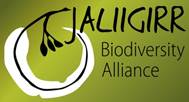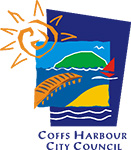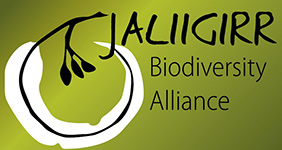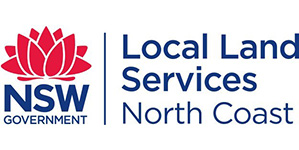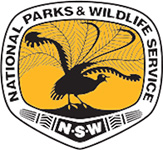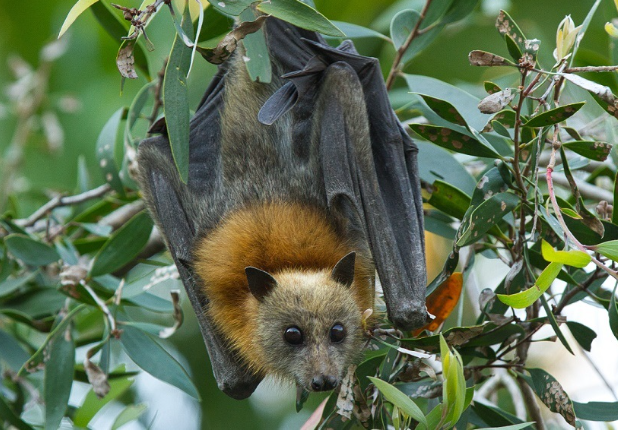
This project is part of a larger 5 year project that CHRL is assisting Jaliigirr Biodiversity Alliance to deliver with funding through WIRES. Through the project three nationally significant Flying-fox camps in the Coffs Harbour and Bellingen LGA’s will have work undertaken to reduce the impacts of invasive plant species on the structure and function of vegetated roosting habitat. Planting of locally occurring native tree species will also facilitate the expansion of available habitat at these sites.
CHRL has been provided with funding to carry out restoration works at the Woolgoolga Flying Fox Camp. Community education will also occur to improve the community’s understanding and tolerance of the Grey Headed Flying Fox.
The Grey Headed Flying-fox is listed as a Vulnerable species under the TSC and EPBC Acts. Flying-foxes are known as keystone species, because they help to define their entire ecosystem. They pollinate many of our native plants including Eucalyptus trees by carrying pollen from plant to plant when feeding and spread seeds through their droppings. They help with the survival of our now highly fragmented Rainforests by eating their fruit and dispersing their seeds across large distances to other forests. A single flying -fox can spread thousands of seeds across 50km of land in one night. Threats to the Grey Headed Flying-Fox include loss of roosting and foraging sites due to land clearing, conflict with humans including illegal shooting, heat stress and electrocution on powerlines and entanglement in netting and barbed wire.
